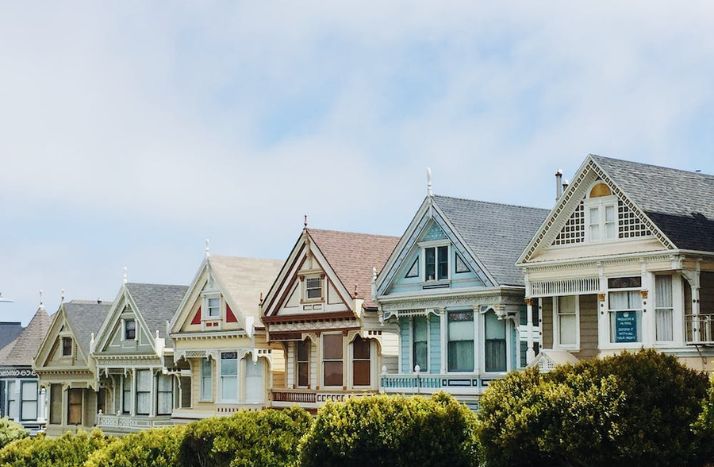The Catalan political situation towards the end of 2017 had an effect on property sales throughout 2018 with the first half particularly slow. Official figures from Spain’s National Institute of Statistics (INE) showed that the total number of sales transactions in Barcelona Province from January to November of 2018 (latest data available) increased by only 2% over the same period in 2017, averaging 4,696 sales per month.
However, sales of new homes registered by INE from January to November of 2018 showed a more significant increase, of 18%, when compared to the same period in 2017. The number of sales of new homes represented 14% of the total number of sales in Barcelona Province from January to November 2018, a slightly higher proportion than in the same period last year (13%). This is still significantly below the proportion during the peak of the market in 2007, when sales of new homes accounted for 39% of the total sales from January to November.
When looking at the total value of sales transactions in Barcelona Province, official figures from the Spanish Department of Development (Fomento) showed that the total value of sales from January to September (latest data available) grew by 5% compared to the same period in 2017. The total value of sales transactions of new homes again showed a more significant increase, growing by 18% compared to the same period in 2017.
Foreign interest in Barcelona continues to remain steady, with the latest data from the Spanish Registrars Association (Registradores) showing that 8.8% of the total sales in Barcelona Province in the third quarter of 2018 were made by foreigners, compared to 5.7% in Madrid. This proportion has been more or less consistent since 2013.
Average resale property prices in Barcelona city showed only a slight annual increase, of 1.4%, at the end of 2018, ending the year on €4,344 per square metre, according to leading property portal Idealista. However, prices are on average 40% higher since midway through 2014 – the start of the property turnaround.
Average prices in two of the city’s most desirable districts – Gràcia and Sarrià-Sant Gervasi – showed a higher increase, ending the year on €4,346 per square metre (an annual increase of 5%) and €5,351 per square metre (an annual increase of 3%) respectively. The up-and-coming area of Nou Barris registered the highest year-on-year increase (12%), with average prices ending the year on €2,491 per square metre. The average prices in the central district of Eixample remained fairly steady, ending the year on €5,005 per square metre, just 0.5% above average prices at the end of 2017. Average prices in the highly sought-after Barcelona Old Town, however, registered a decrease, of 3%, ending the year on €4,434 per square metre.
Average rental prices steadied towards the end of the year, registering a 1% decrease at the end of 2018, at €17.3 per square metre. Average rental prices in five of the city’s ten districts showed a decrease, with prices only increasing in Horta Guinardó, Les Corts, Sants-Montjuïc, Sarrià-Sant Gervasi and the up-and-coming area of Nou Barris, where average prices rose by 13% to €14 per square metre by the end of the year.
In spite of recent political events, Barcelona’s appeal to foreign visitors has not diminished, with the latest figures from Aena showing that just over 50 million passengers arrived at Barcelona-El Prat airport in 2018, up 6% over passenger arrivals in 2017.
“Barcelona remains an excellent place to invest in property. The city now offers the best rental yield in Europe, surpassing the likes of Paris and London, which, combined with continued low interest rates, inviting fixed rate mortgages and its well documented lifestyle benefits, ensure that Barcelona continues to be a key European property hotspot. Prices have steadied during 2018, suggesting a more stable trajectory during 2019 and this should cast aside those suggesting that Barcelona is heading towards another boom-bust scenario.”
Francisco Nathurmal, CEO BCN Advisors


 The new capital gains tax in Spain
The new capital gains tax in Spain
 Top International Companies in Barcelona
Top International Companies in Barcelona
 Best real estate agency in Barcelona: How to choose it?
Best real estate agency in Barcelona: How to choose it?
